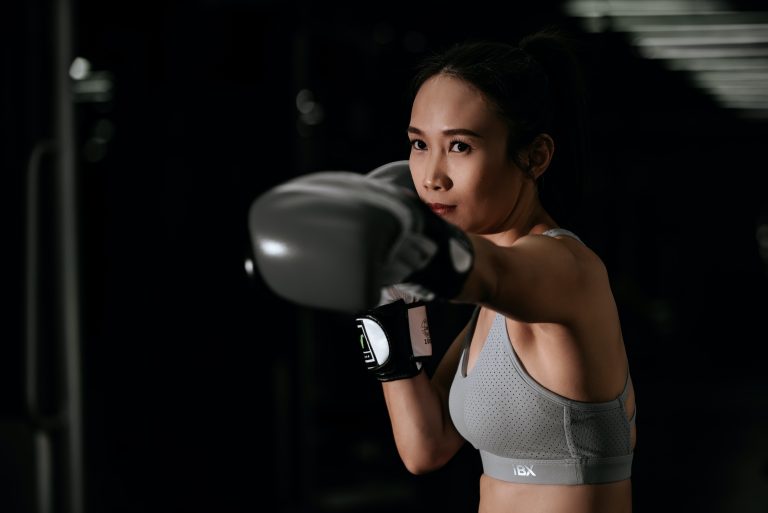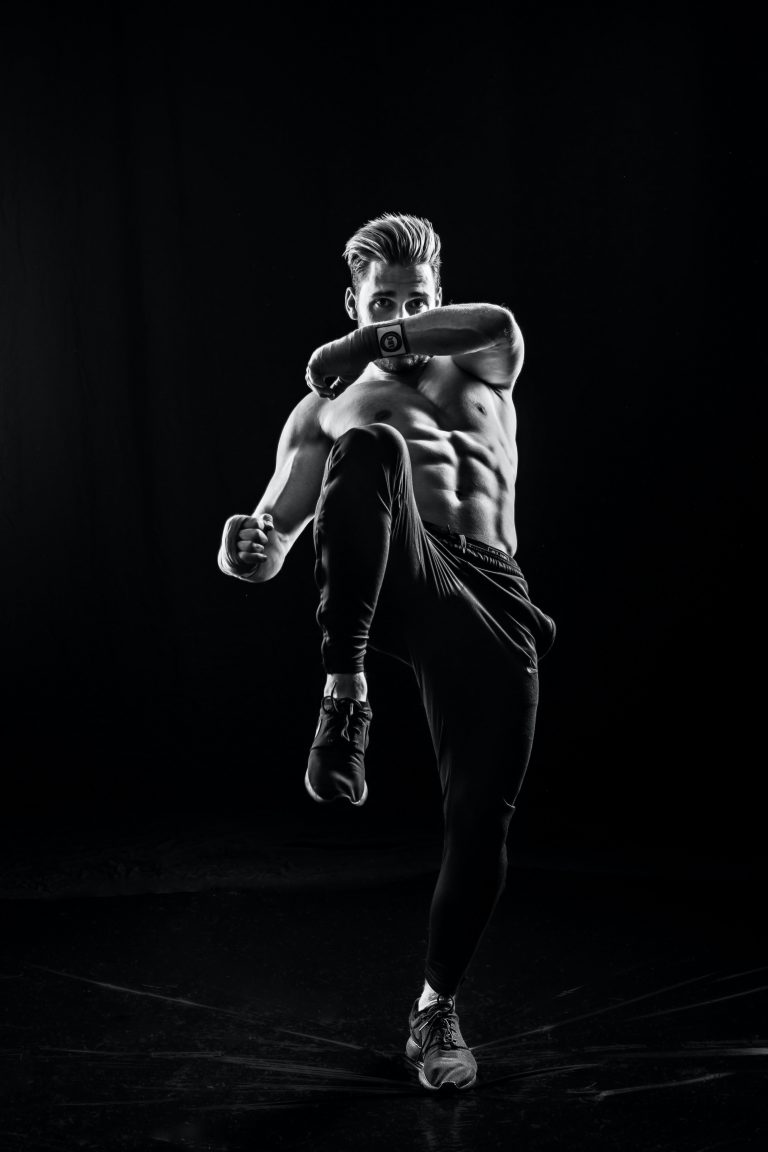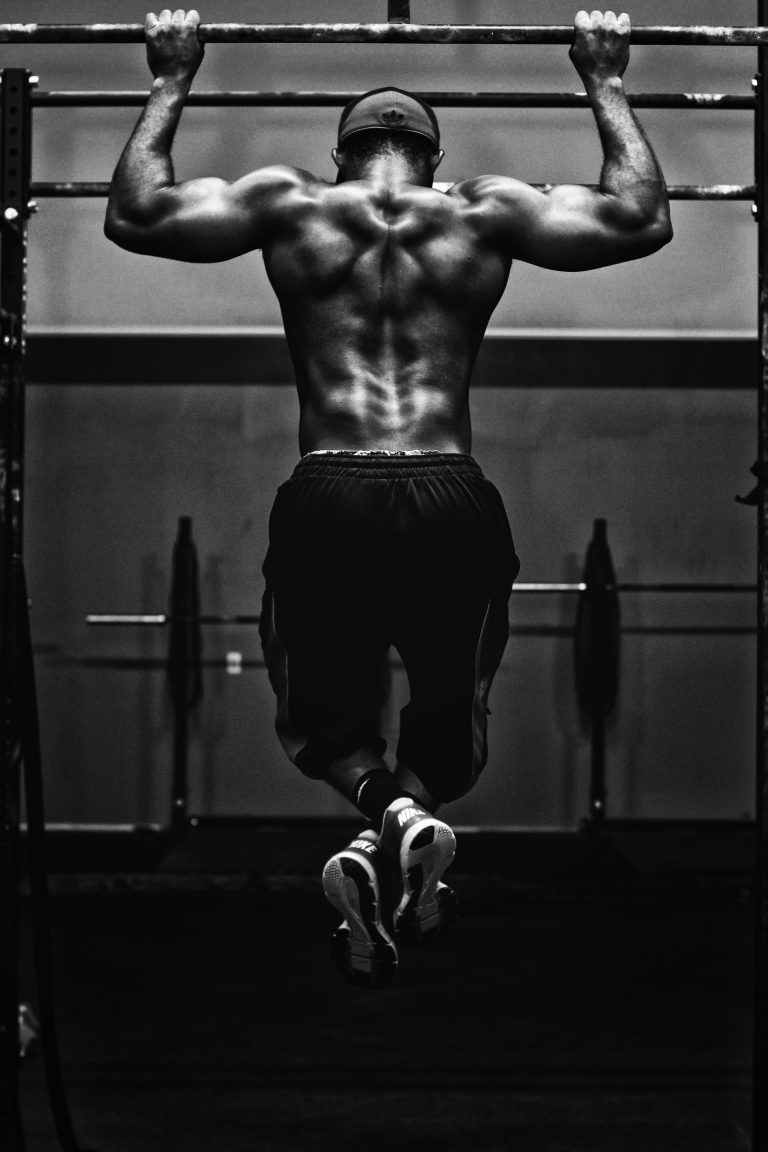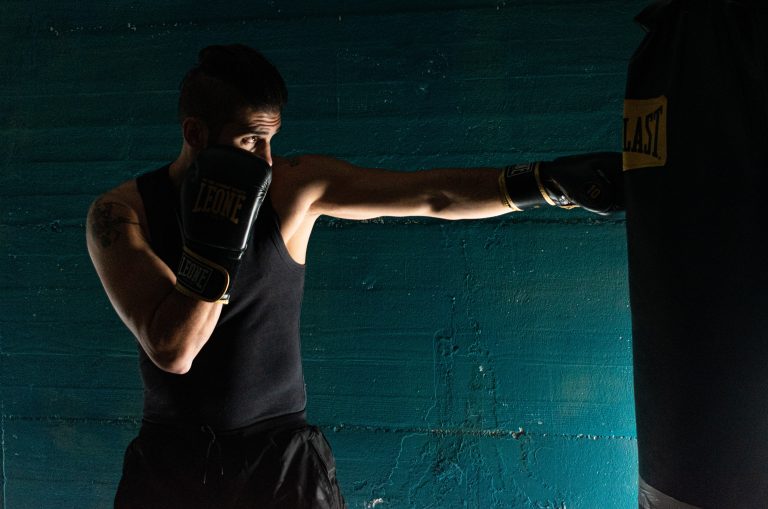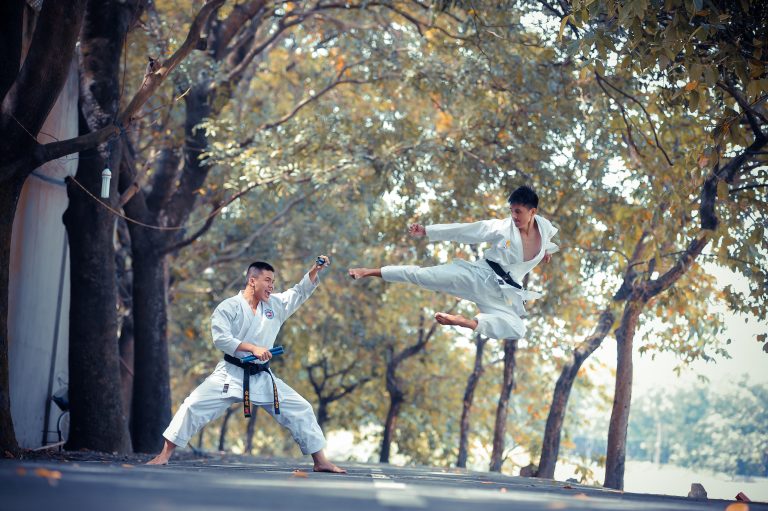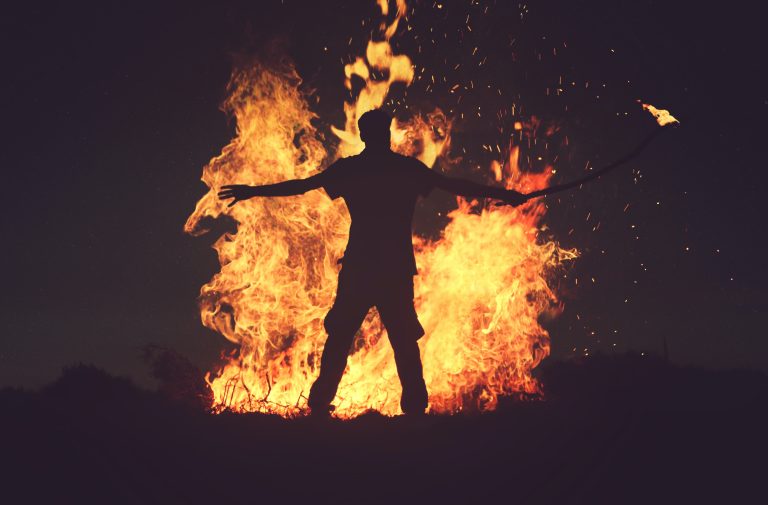Karate Styles: Exploring the Different Disciplines of the Martial Art
Karate is a form of martial arts that originated in Japan and was later developed mostly in Okinawa. The practice of Karate is said to have been around for centuries and it has continually evolved over time. Karate is a diverse martial art whose practitioners focus on improving both physical and mental aspects. While Karate is most often associated with strikes like punches and kicks, it also emphasizes breathing techniques and mental conditioning as well.
Karate is practiced in various ways, with practitioners focusing on different aspects or styles of Karate depending on their goals. In fact, Karate can be broken up into a number of distinct kata and styles, each with its own techniques and principles. Knowing more about the different kata and styles of Karate will help you decide which specialization would work best for you. This blog post will explore the different types of karate based on their kata and styles, giving you a complete understanding of the different forms of this traditional martial art.
What is Kata?
The core of any martial art is its Kata, a set of movements and strikes combined together in a predefined sequence. Kata contain literal sequences from evasive movements to powerful single strikes or multiple kick combinations. Most katas contain elements such as punches, blocks, and kicks but there are a few forms which also include ground work and grappling. Every Kata contains an application which can give insight into one or more self-defensive techniques depending on your initial application.
A Kata is based on both psychological and physical well-being, so studying katas can have profound health benefits if practiced properly. Through Kata practice, martial artists can train to perform the techniques with consistency and accuracy, as well as gain a deeper understanding of body mechanics and how different techniques can be used in certain situations. While kata helps one train the physical techniques they will use during combat, they also allow to increase focus and discipline through meditative movements that build internal power.
Different Karate Styles and Kata
There are four primary styles of Karate: Goju-Ryu, Shotokan, Wado-Ryu, and Shito-Ryu. Each practice is based on its own set of principles and katas, so let’s take a closer look at each style to better understand their differences.
Goju-Ryu Karate
Goju-Ryu is considered one of the most traditional forms of karate, having been around since the early 1900s. This style focuses on the combination of hard and soft techniques, known as Ying Yang theory, meaning that no technique is purely “hard” or “soft” but rather a combination of both. Goju-Ryu incorporates circular blocks which are often used for defense against powerful strikes and powerful strikes like kicks which can be used for offense as well.
Popular katas of Goju-Ryu include Sanchin, Seiyunchin, Tensho and Saifa. Sanchin is known as the cornerstone kata and it’s used to train specific body awareness such as tension control, grounding, breath control and posture. Seiyunchin focuses on counter-attacking against one or more attackers from all directions while Tensho focuses on speed, balance, timing and breathing helping the practitioner improve their flow and adaptation for real fighting situations. Saifa focuses on powerful explosive movements and distancing to control opponents who are attempting to enter your space.
Shotokan Karate
Shotokan is one of the most popular styles of Karate, known for combining linear strikes with powerful blocks. The name “Shotokan” comes from the founder Gichin Funakoshi which was an expert in this practice as well as a master of different martial arts disciplines such as Judo, Kobudo, Aikido, and more. Focusing on firm stances and high kicks this style helps practitioners become more powerful while also increasing their speed.
This type of Karate focuses more on kihon (basic techniques) than other styles, which are simple strikes and blocks that help practitioners develop good reflexes and timing. Popular Shotokan katas include Heian Shodan, Heian Nidan, Heian Sandan, Heian Yondan and Kanku Dai just to name a few. Like all katas these are combinations of hard and soft techniques used for defense or offence depending on the context in which they are used.
Wado-Ryu Karate
Wado-Ryu is based on the principles developed by Grand master Hironori Otsuka which combined the western form of boxing with traditional Asian martial arts techniques. This type of Karate is known for its ease in transitioning from block movements to strikes which makes this philosophy great for self defense purposes. Wado-ryu incorporates circular blocks combined with linear strikes similar to Shotokan but Wado-ryu puts more emphasis on blocking than other forms such as Goju-ryu or Shotokan.
The style’s most popular katas include Naihanchi Shodan, Naihanchi Nidan, Naihanchi Sandan, Pinan Shodan, Pinan Nidan, Annanko and Seishan just to name a few. These katas use circular blocks as well as quick movements which blend into powerful strikes making it an amazing martial art form for both offense and defense stances.
Shito-Ryu Karate
Shito-Ryu is another popular form of Karate based on principles developed by Grand Master Kenwa Mabuni combining elements from both Shotokan karate and Goju-Ryu karate adding his own series of katas together with his innovative moves to create an incredibly diverse martial art form. Despite its popularity Shito-ryu is actually considered one of the most complicated styles of Karate due its mix of elements from other forms such as Shotokan and Goju-ryu added with unique elements from Shito-ryu itself.
Unlike other styles such as Shotokan or Wado-ryu this form includes simple kicks such as maegeri combined with unique counterattacks used to surprise opponents by attacking them from unexpected angles. Some popular Shito-ryu katas include Nipaipo, Anaku, Bassai Dai (same as Shotokan), Jion (same as Shotokan), Meikyo (same as Shotokan) just to name a few.
Practical Applications of Karate
Karate can be used in many practical ways beyond simply self defense. For example, practicing Karate in any form has been proven to have numerous positive physical benefits ranging from improved fitness levels to increased cardiovascular endurance. Learning correct form through practicing the right katas can do more than just help you better defend yourself; it can also help you strengthen your muscles while becoming more flexible as well. Additionally, studying different forms of Karate also has strong mental benefits; many practitioners claim that learning Karate has helped them become more focused both mentally and physically due to remembering the many techniques required to master their style or Kata of choice.
Conclusion
Karate is an incredibly diverse martial art form that comes in many forms. Whether your goal is self defense, improved fitness levels or just personal growth there is a form out there for you. In this blog post we explored the differences between Goju-ryu, Shotokan, Wado-ryu and Shito-ryu along with some of their popular forms so you have enough information to decide which form would be best suited for your goals. No matter what style you decide to specialize in you’ll get the benefit of increased muscle strength, improved cardiovascular endurance and increased focus while learning self defense along the way.
Inhaltsverzeichnis

